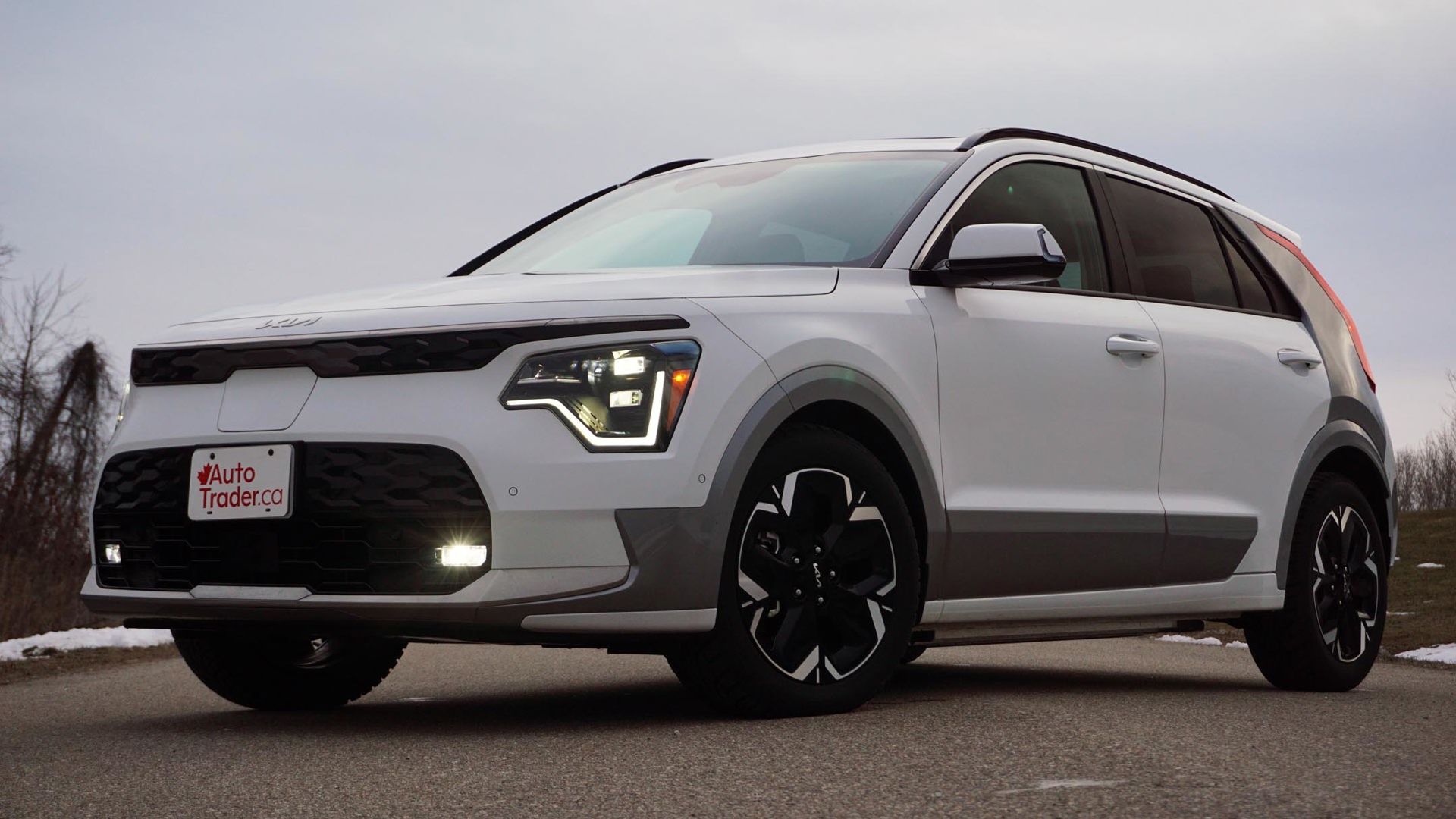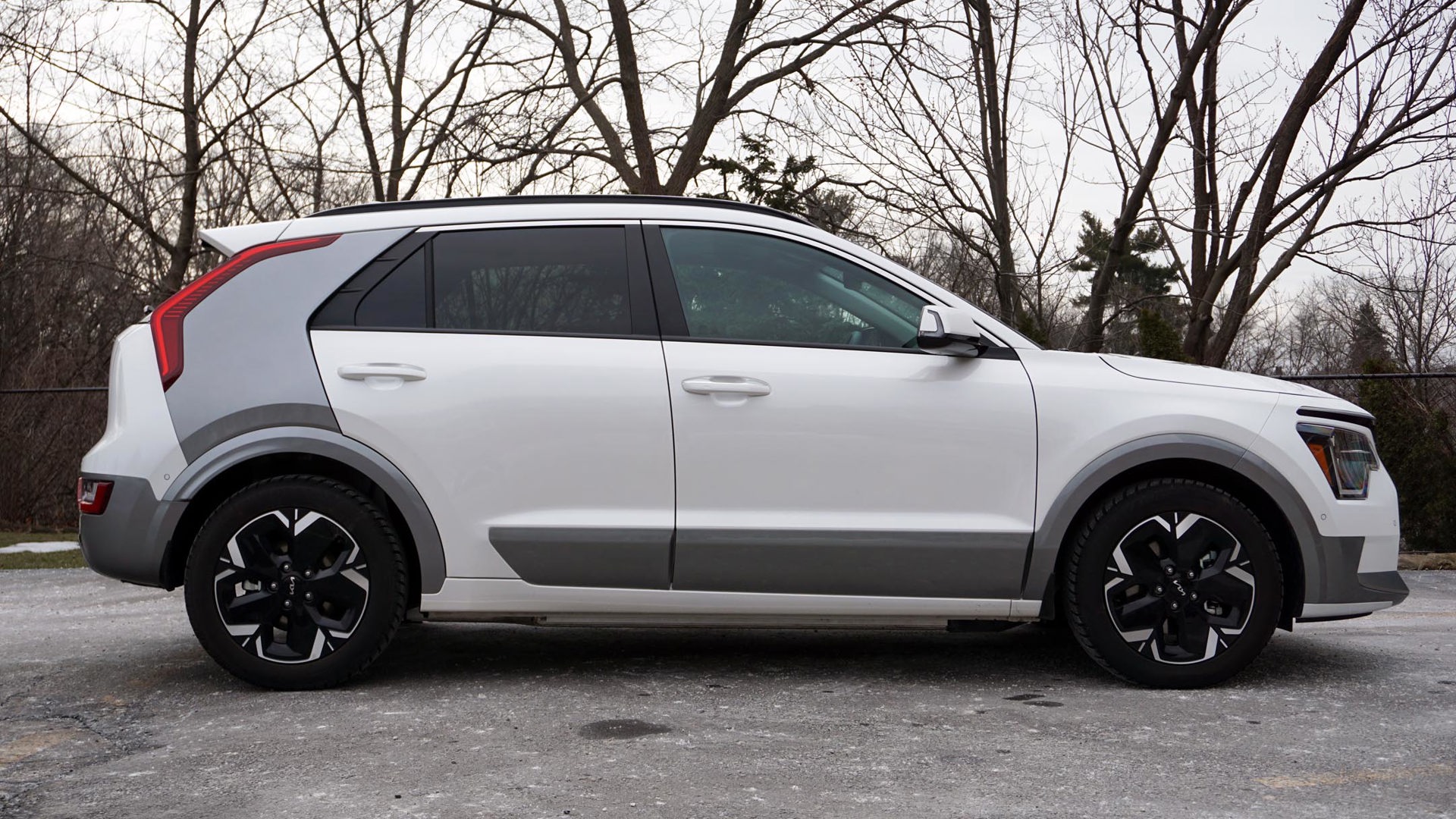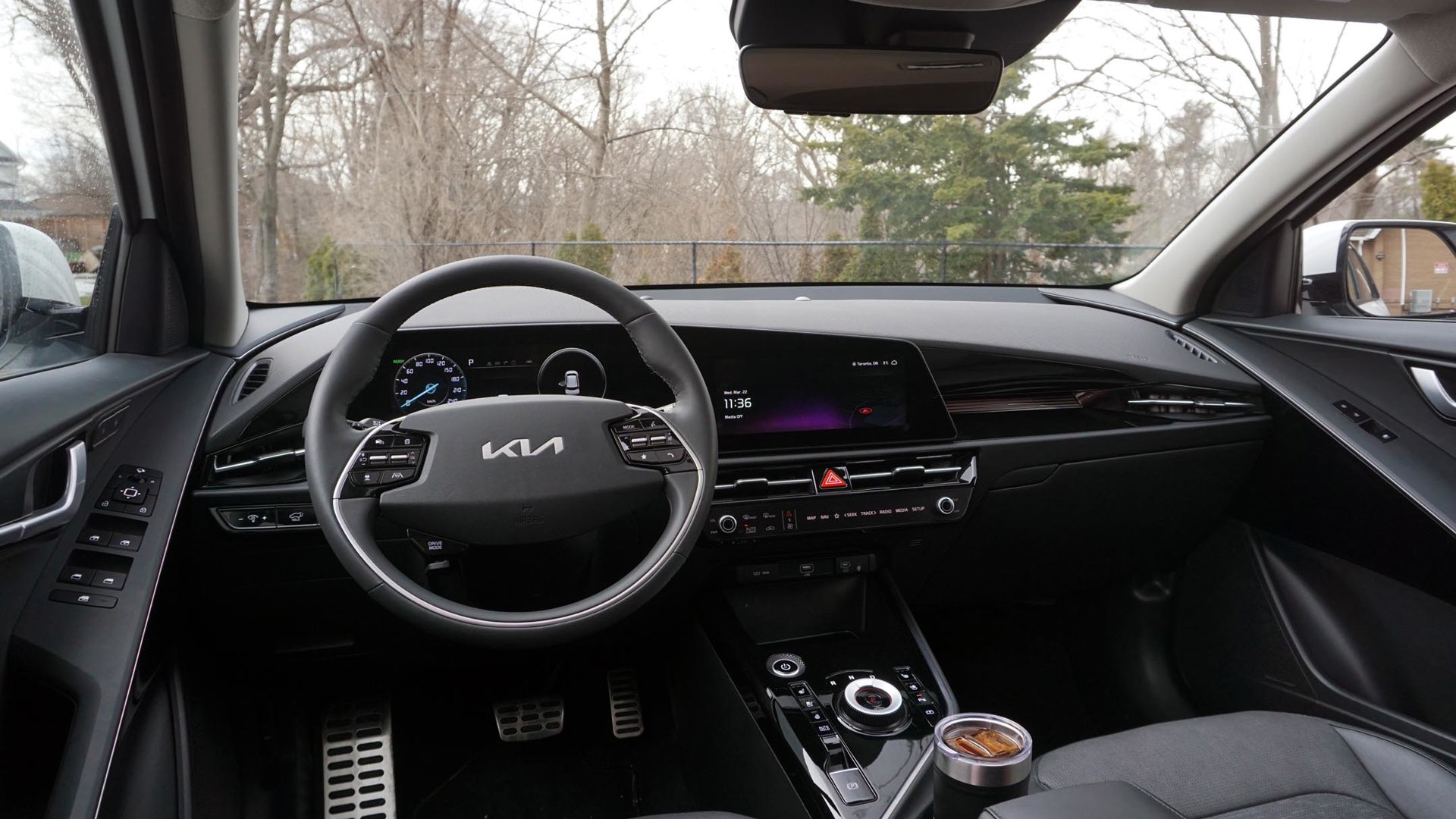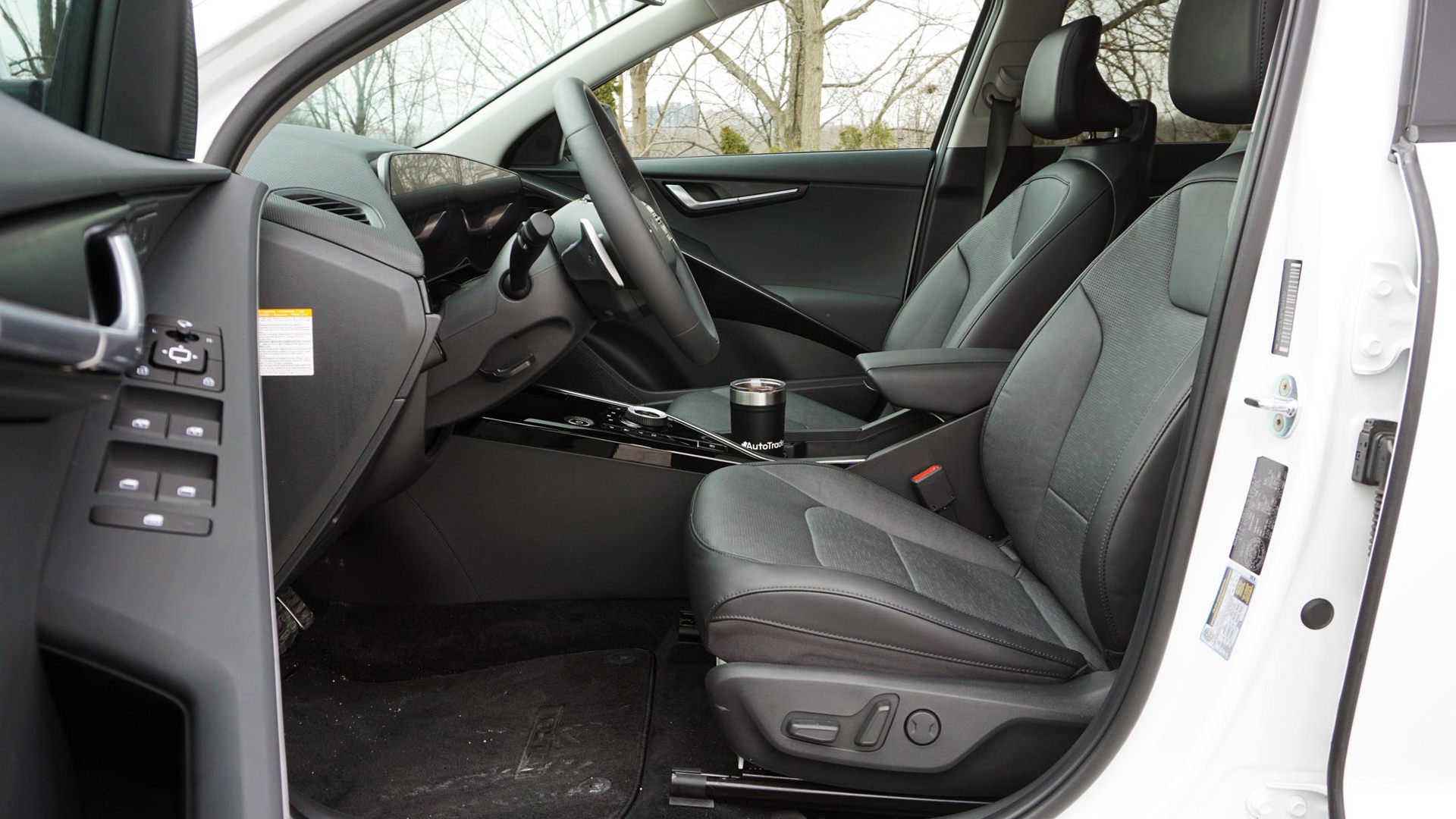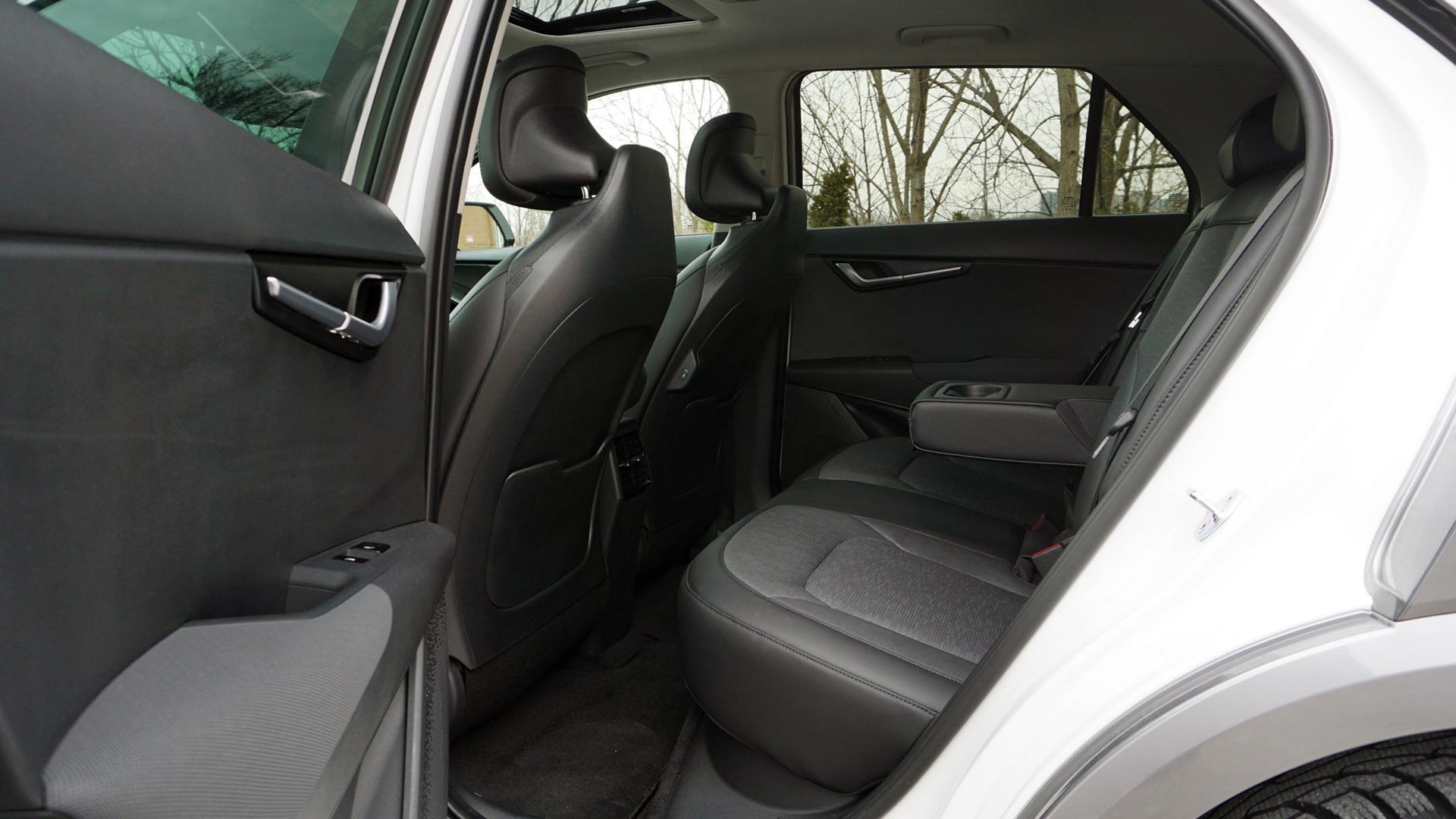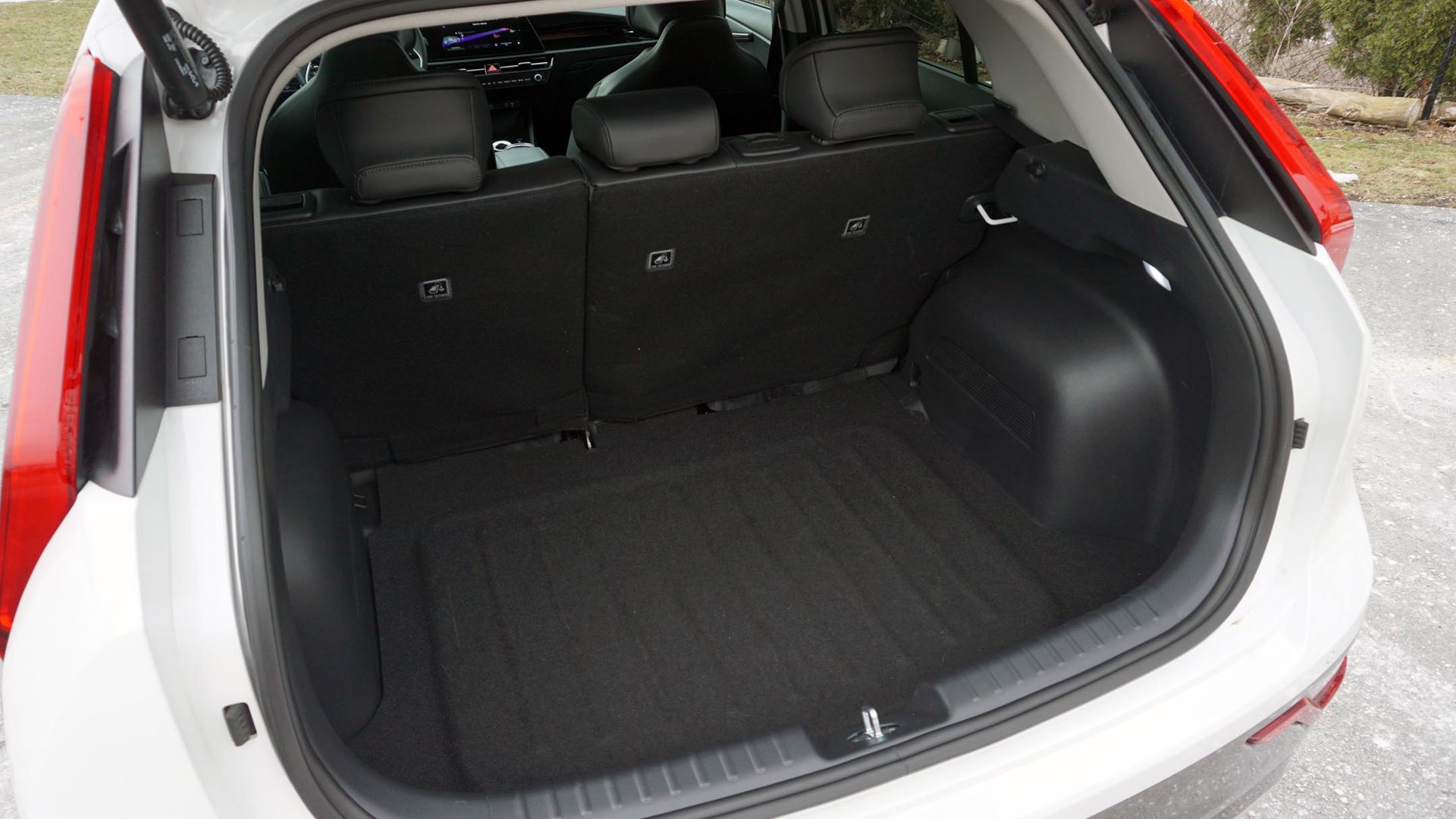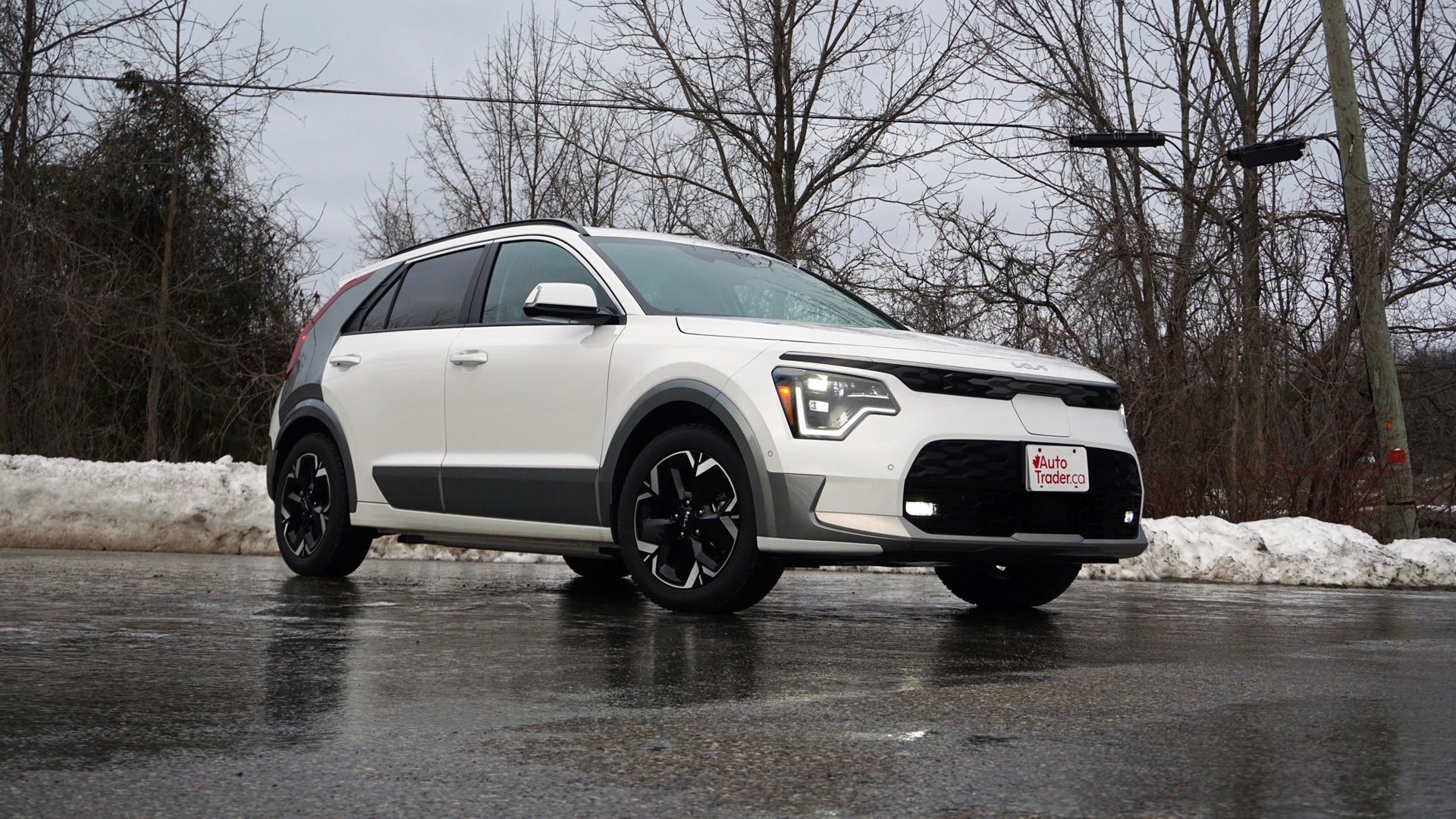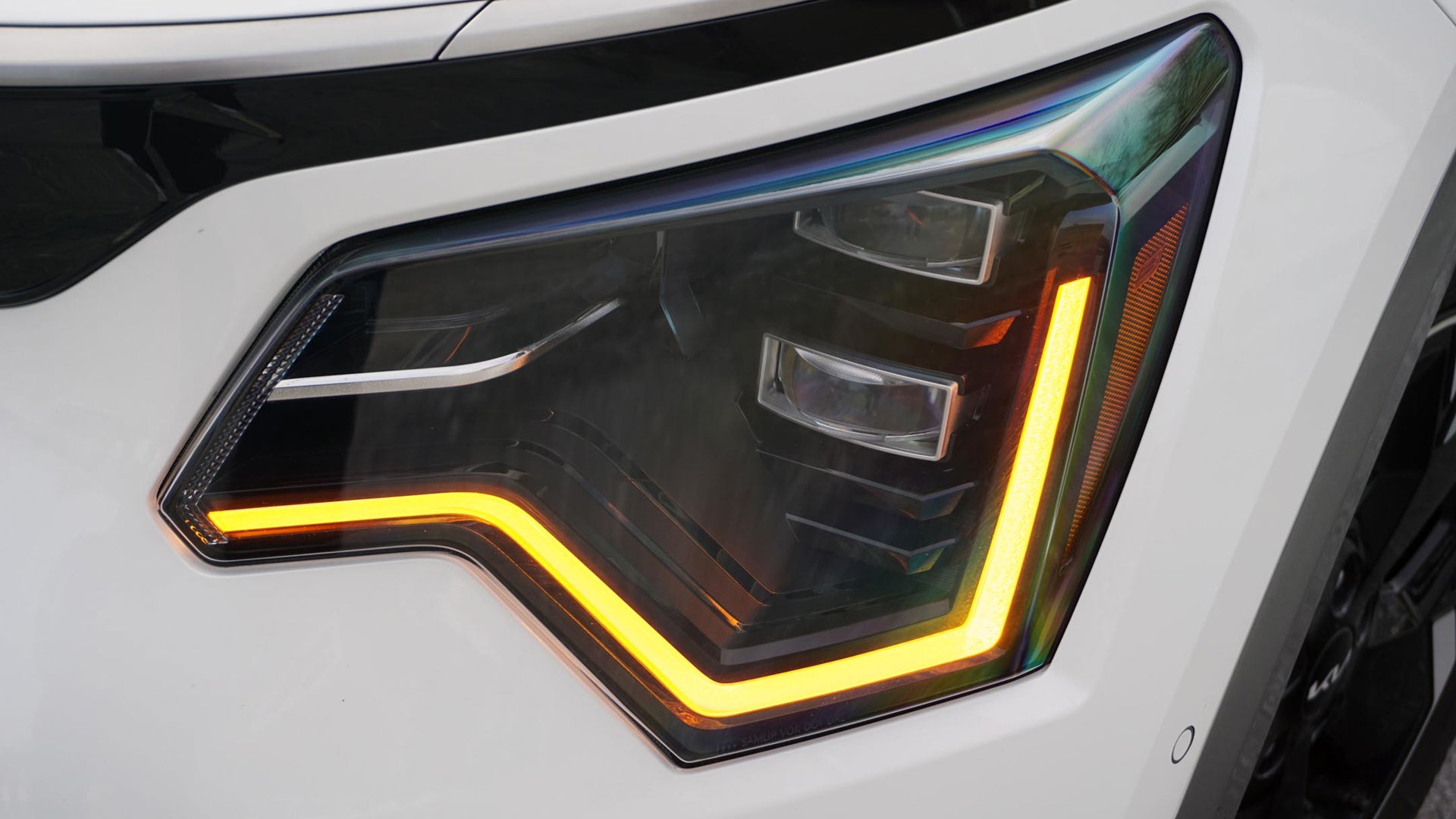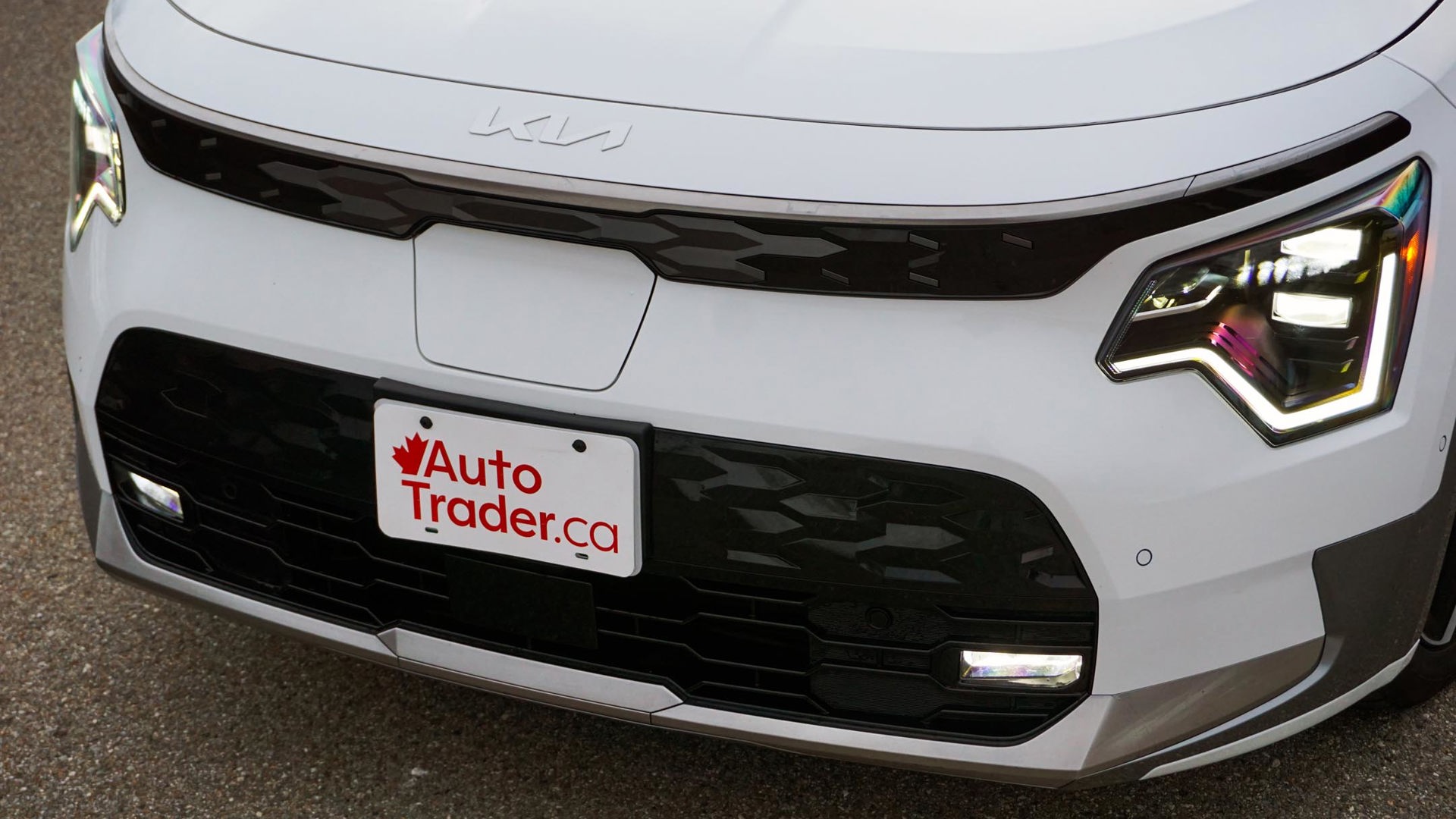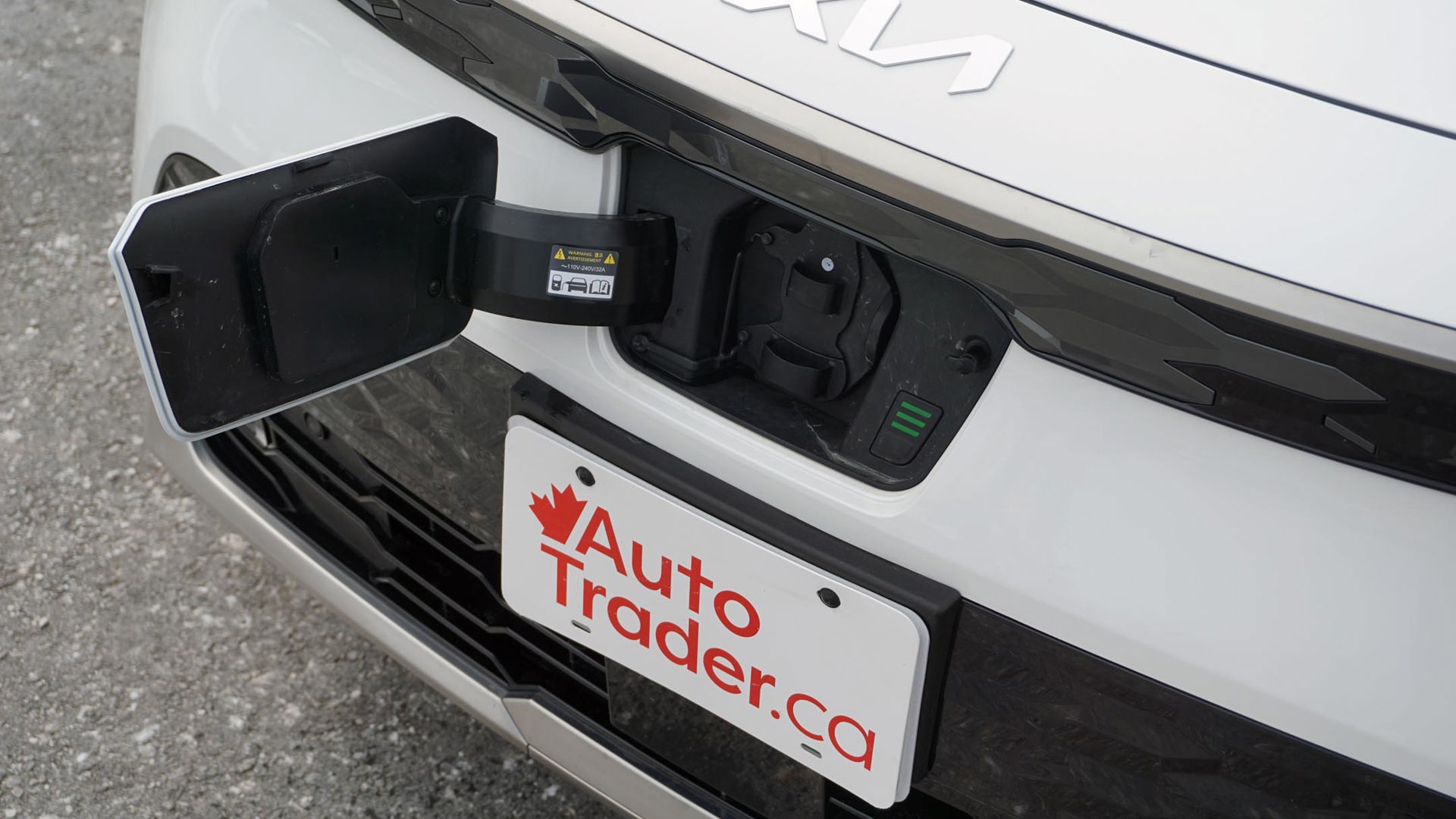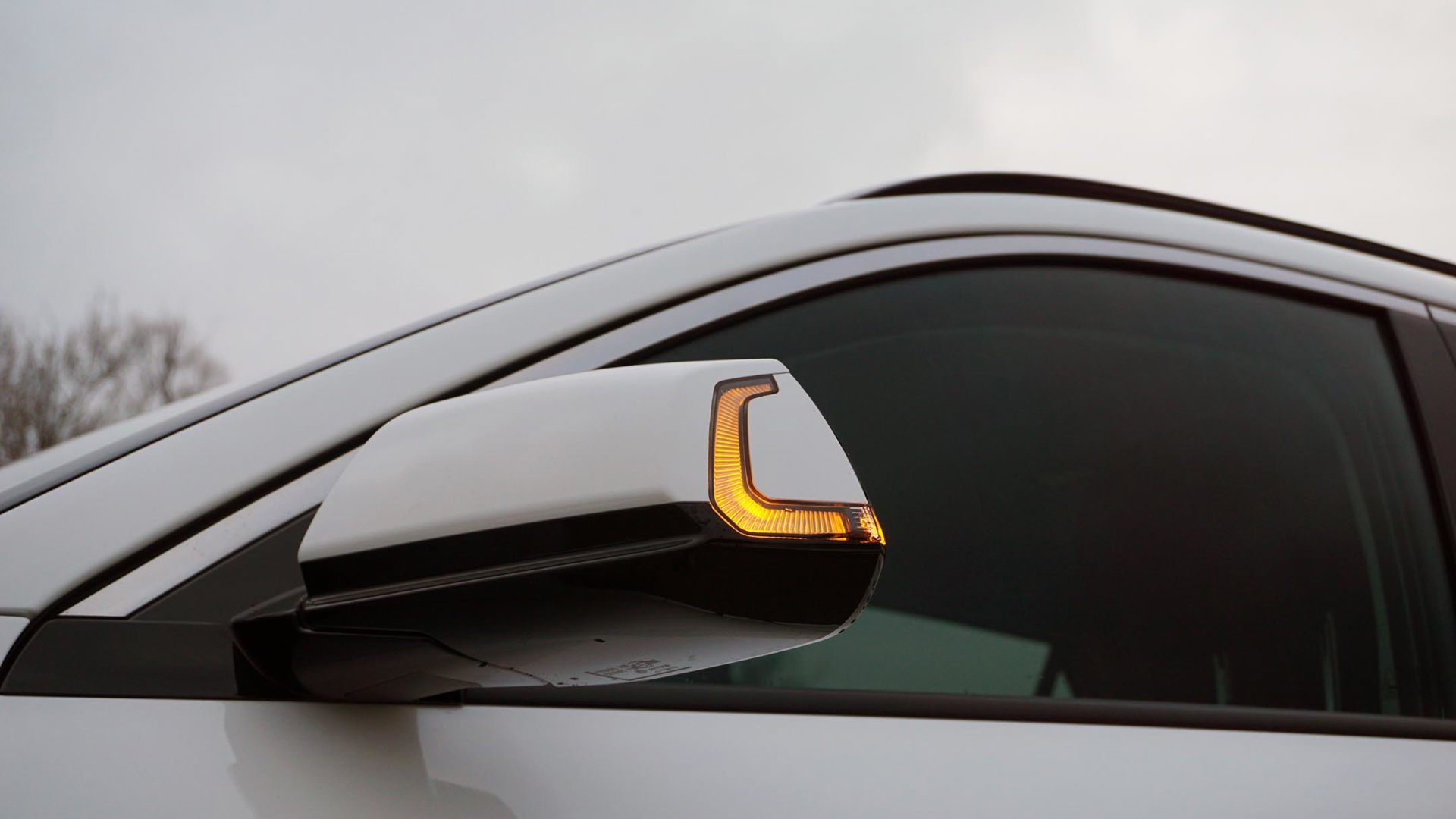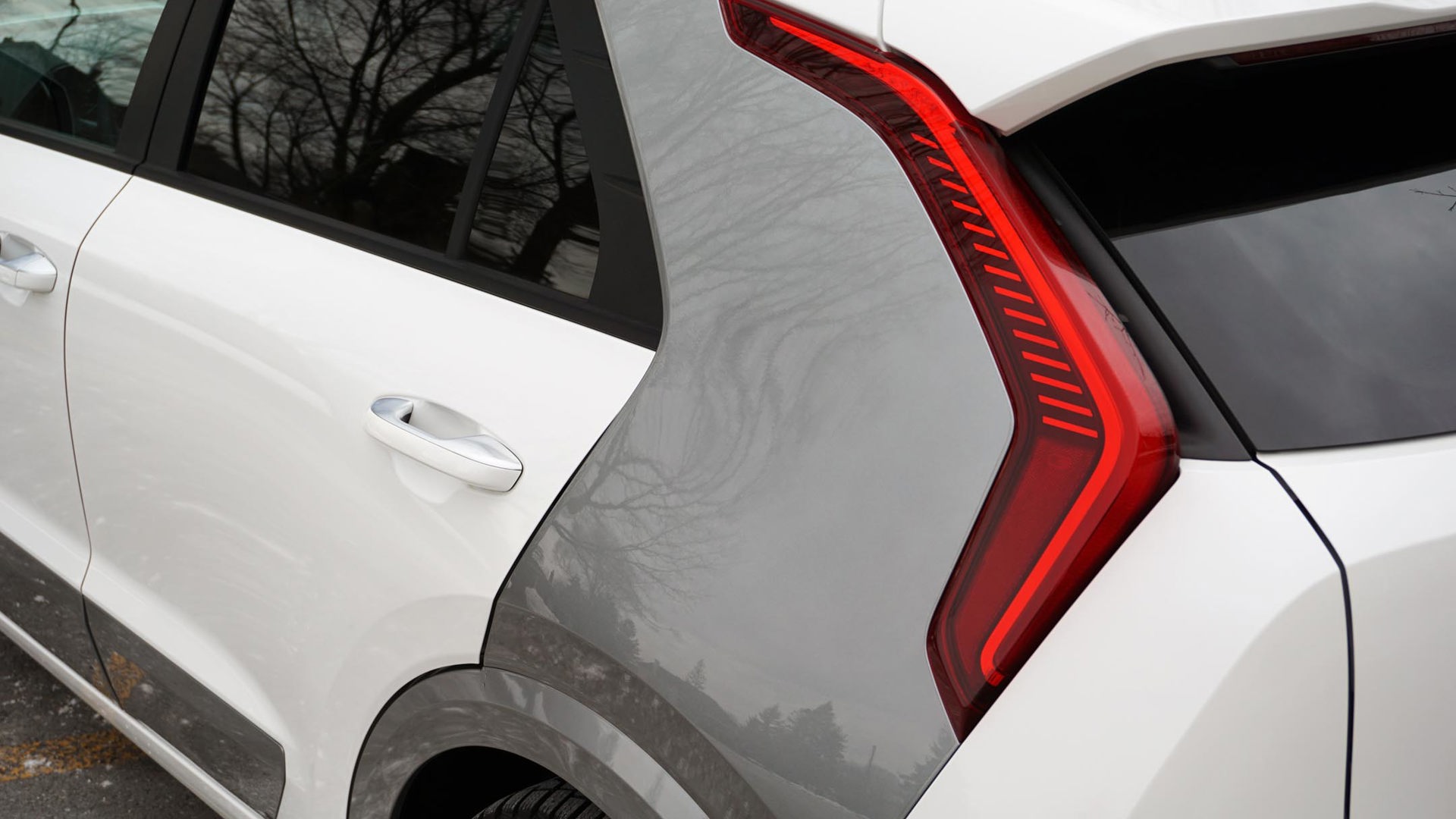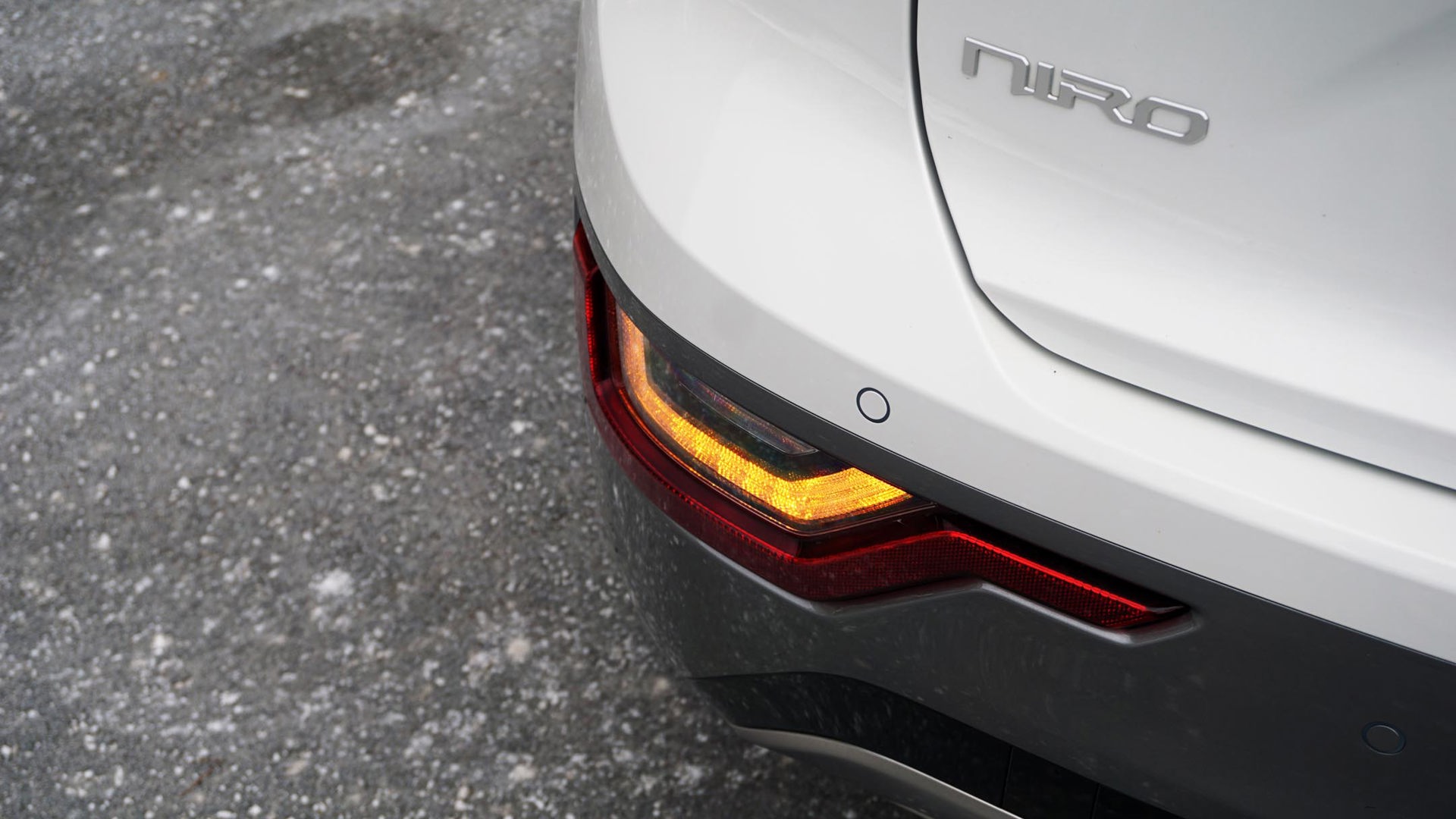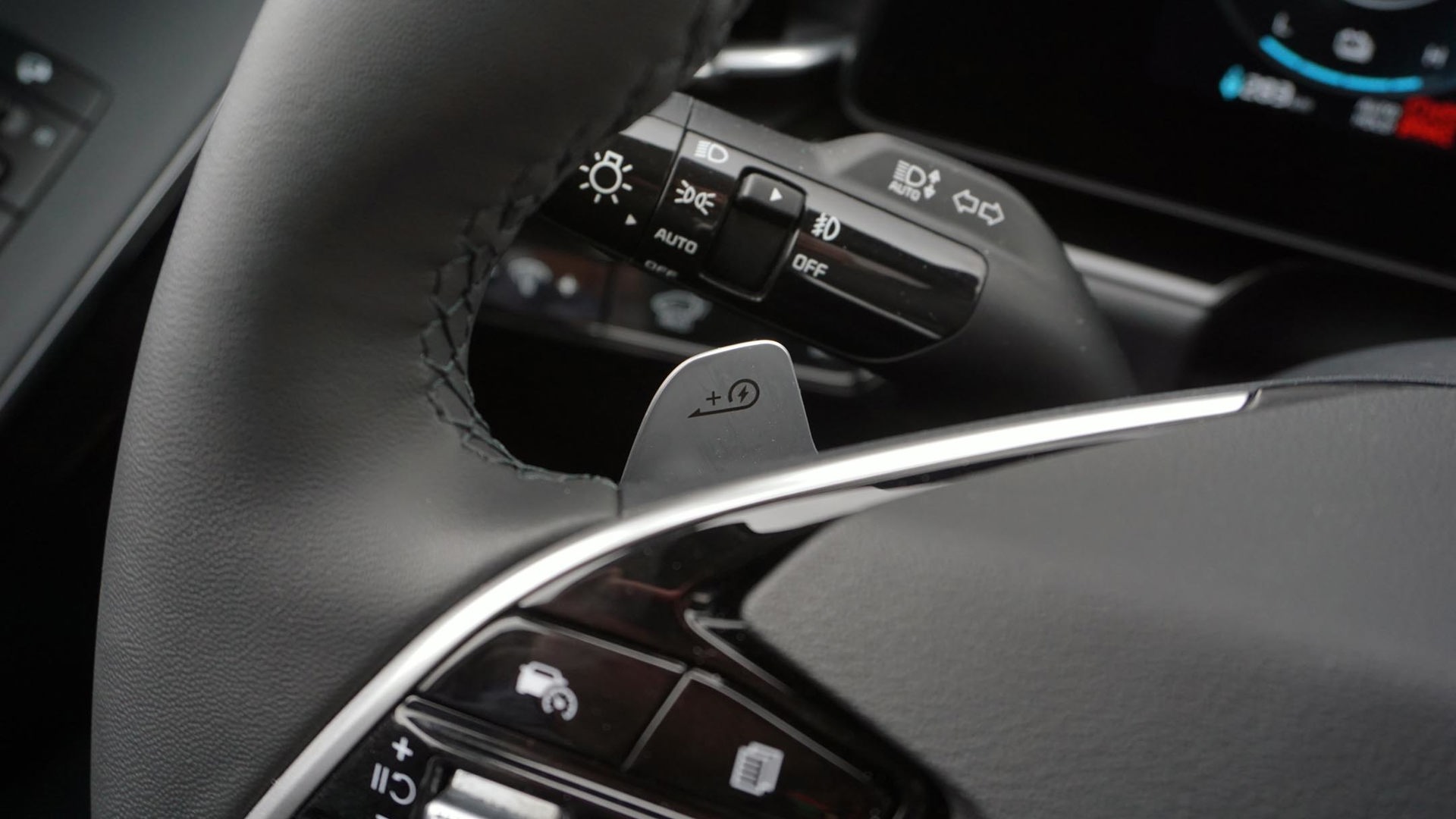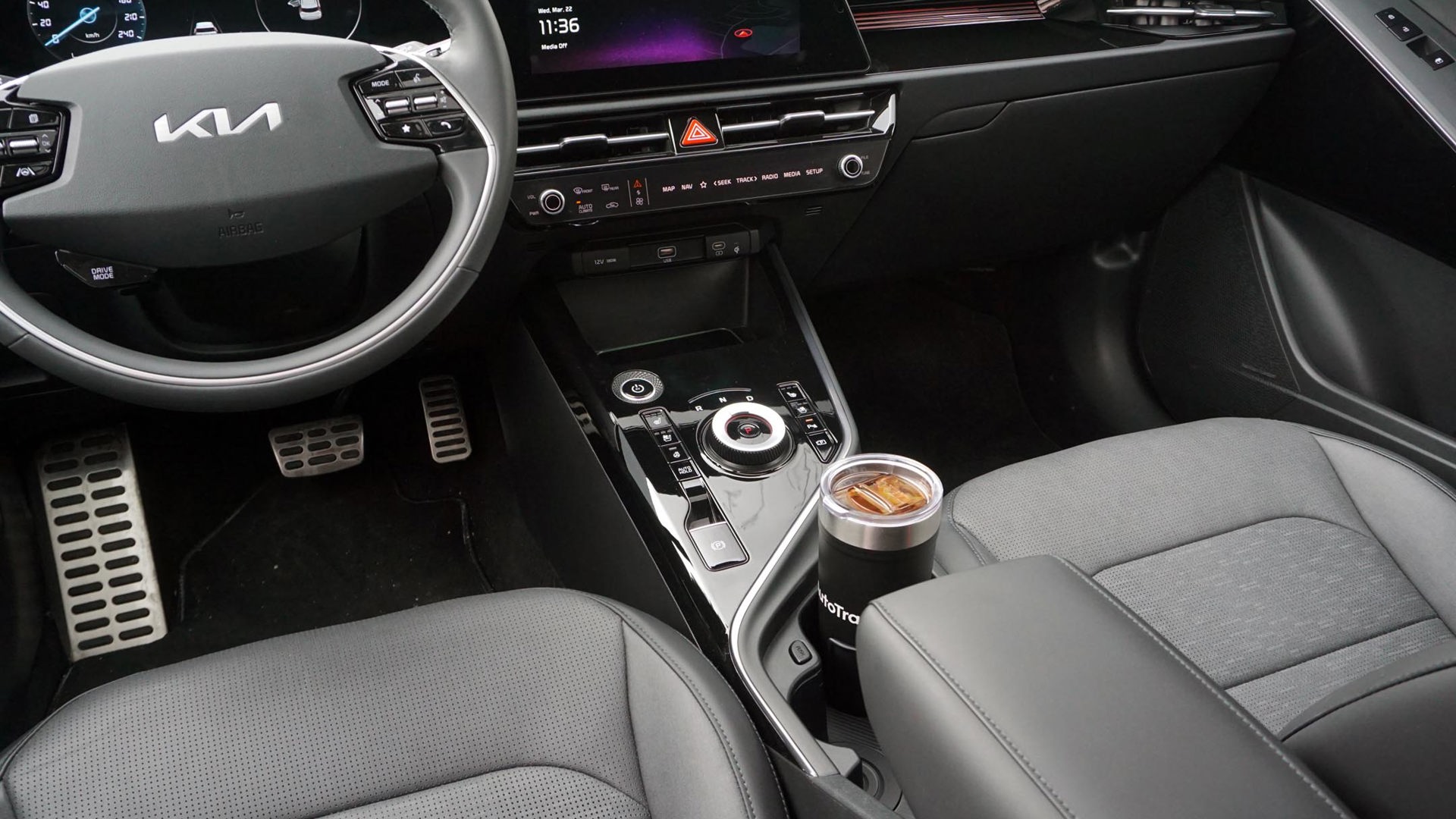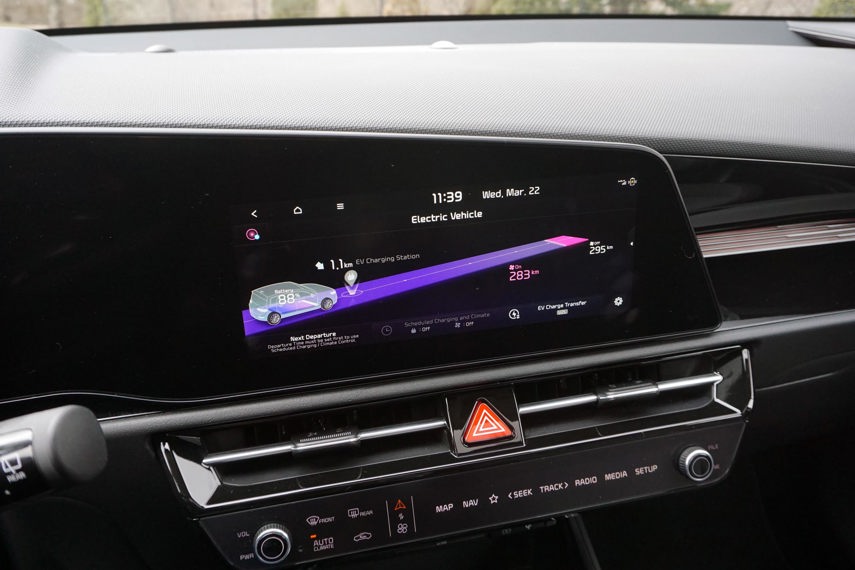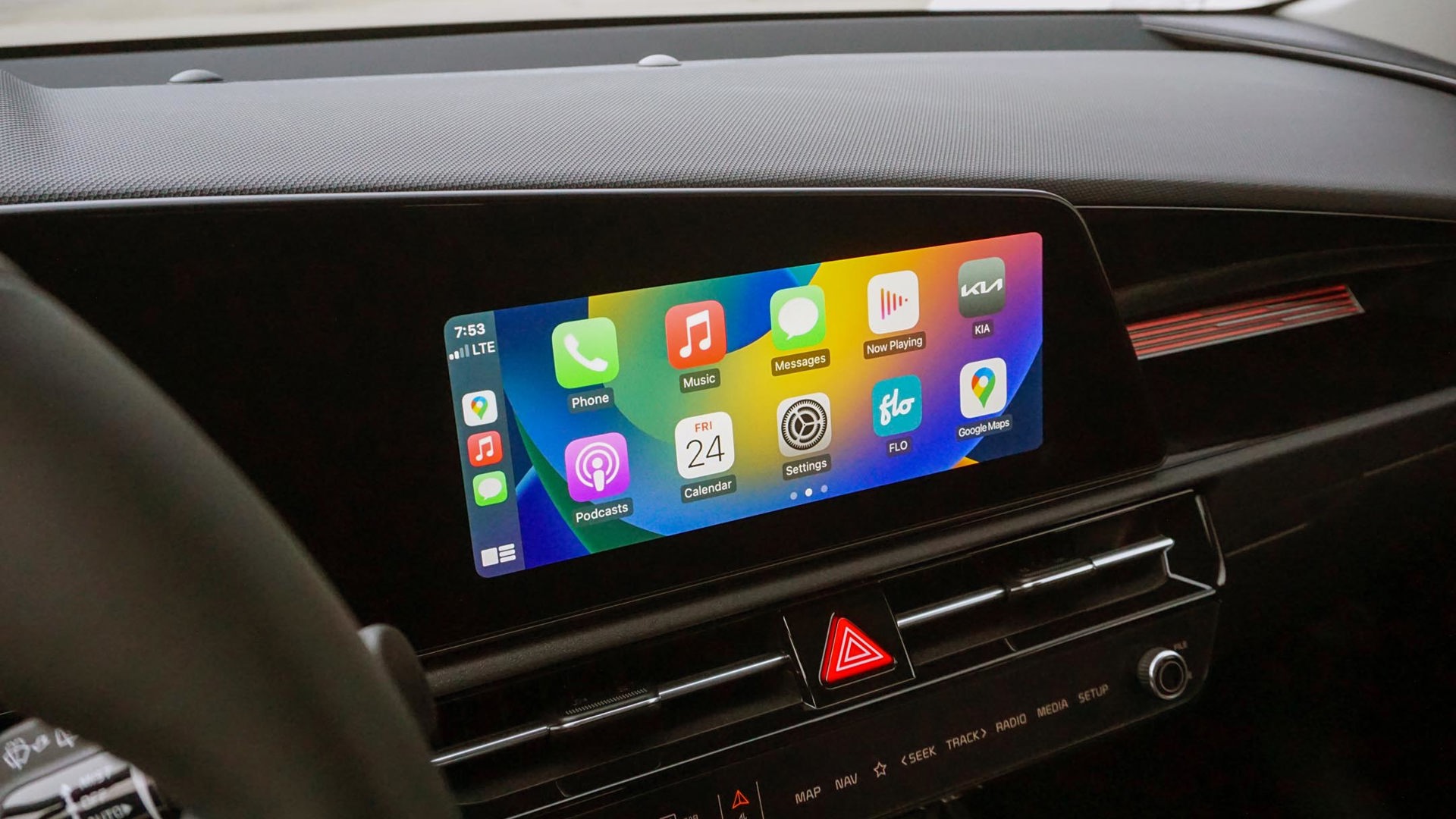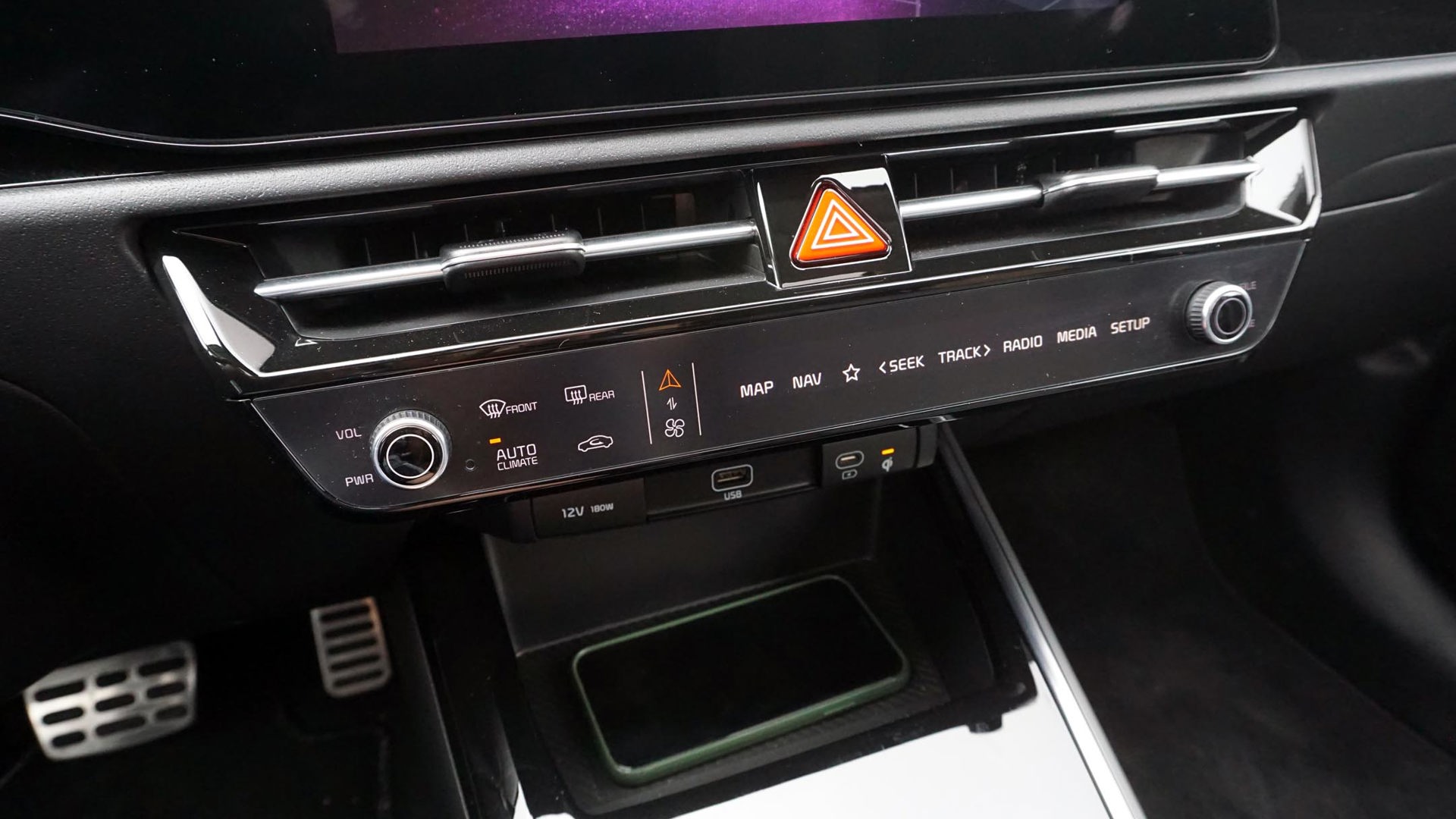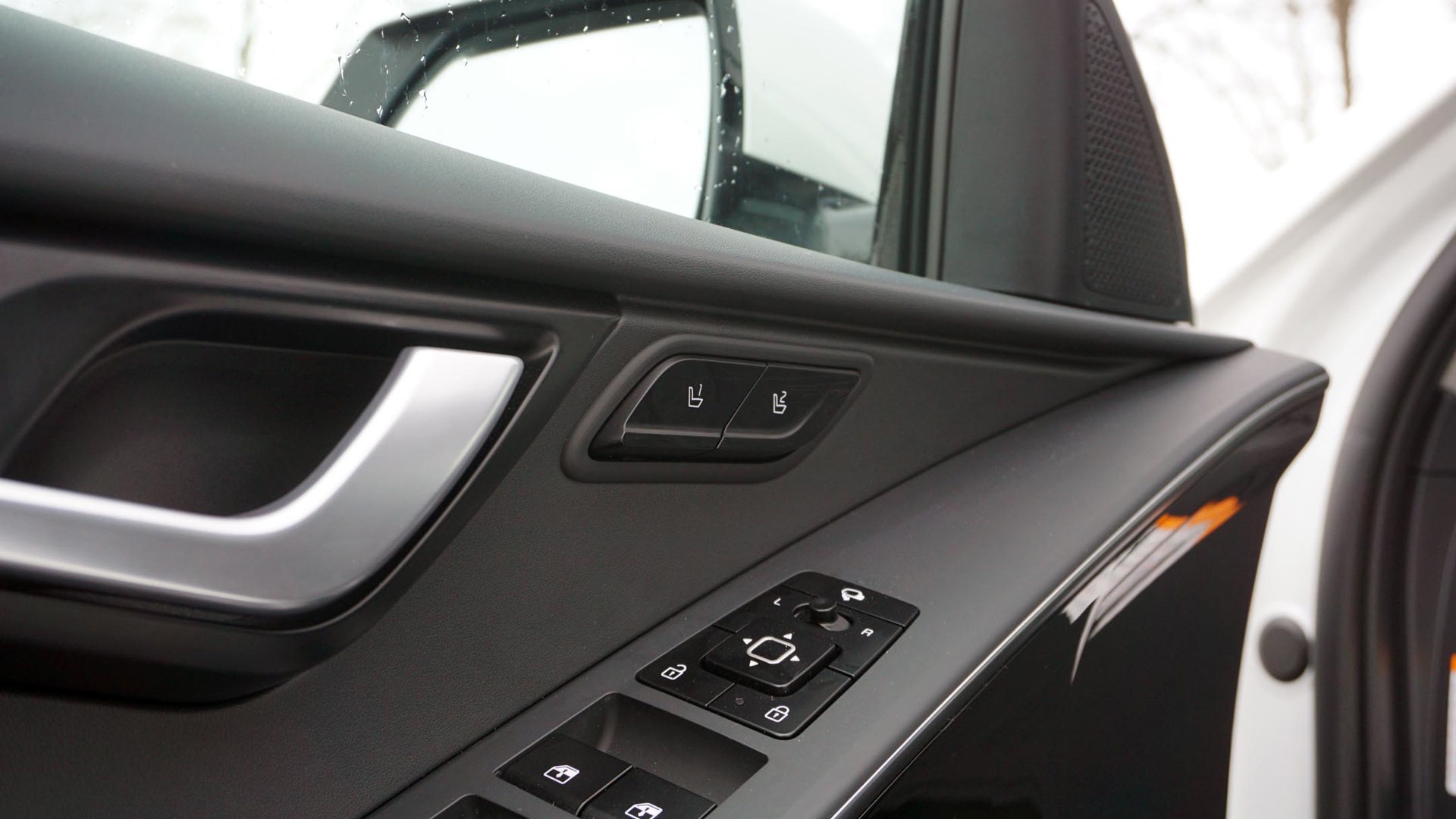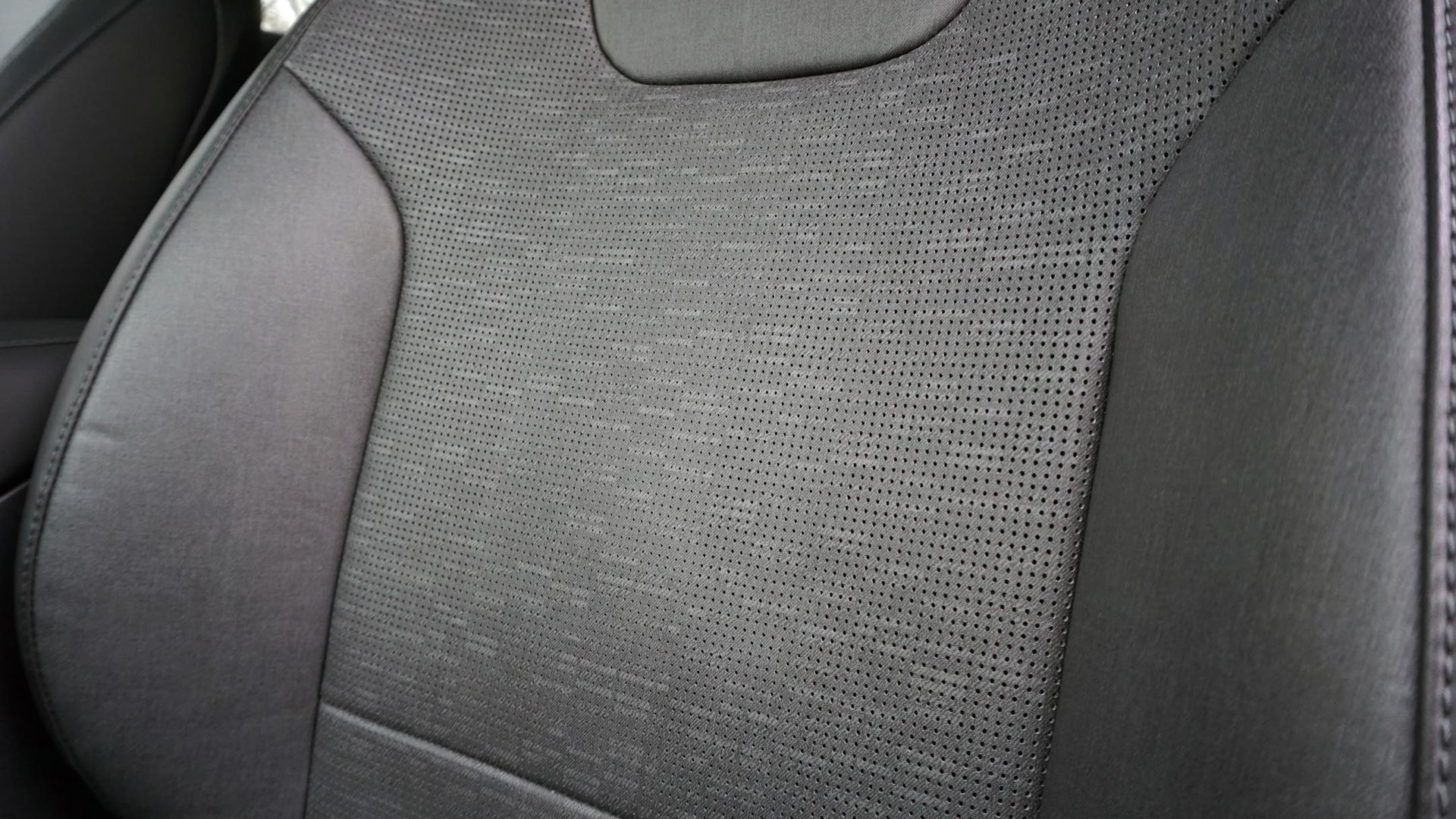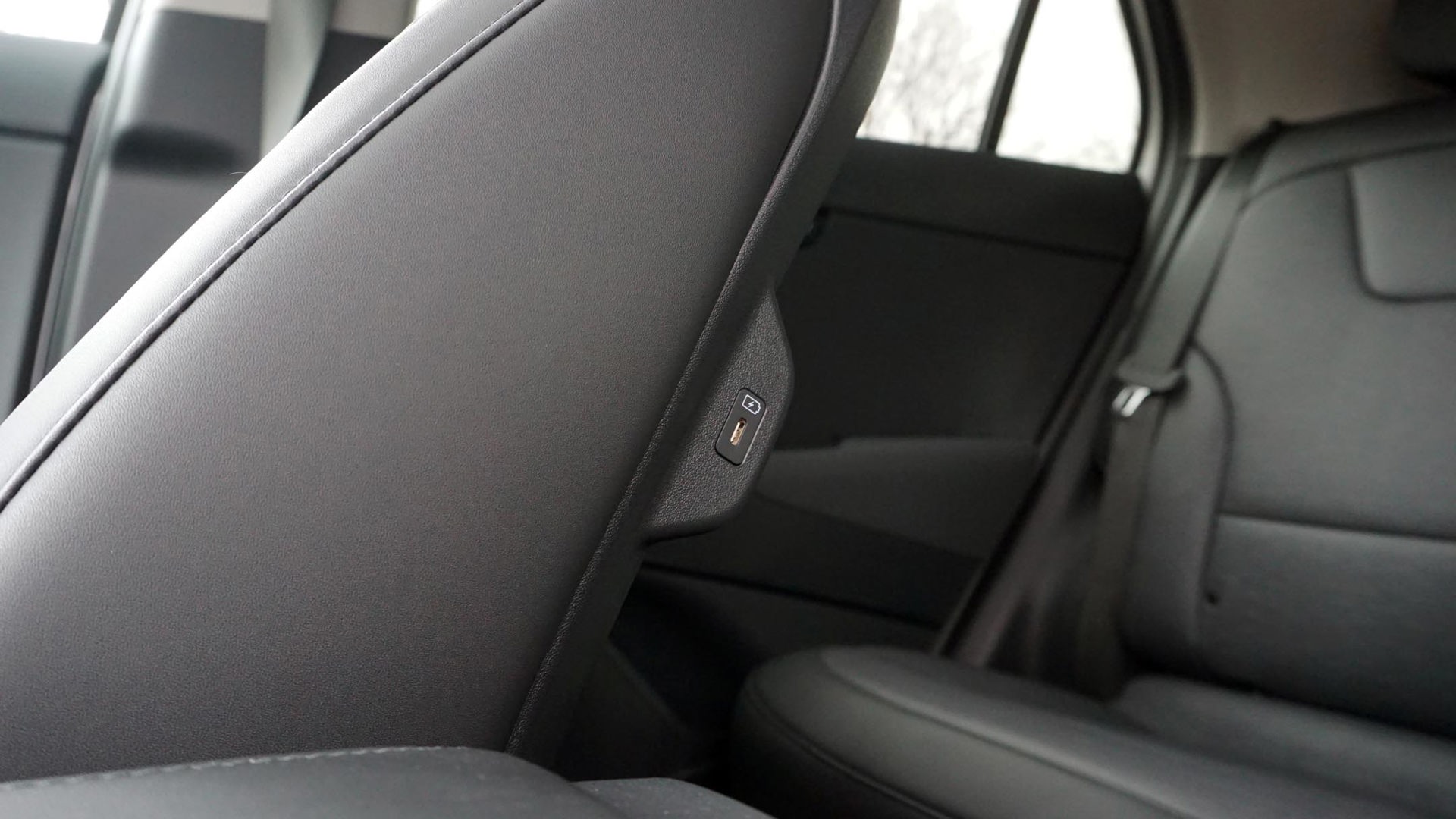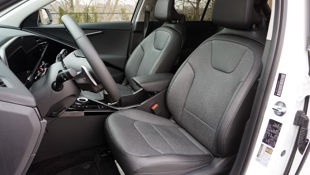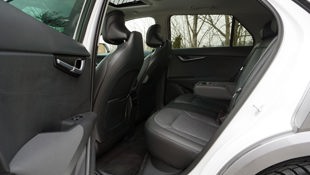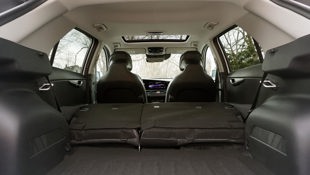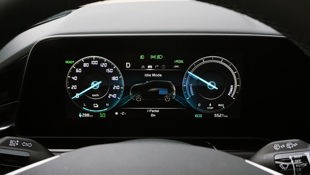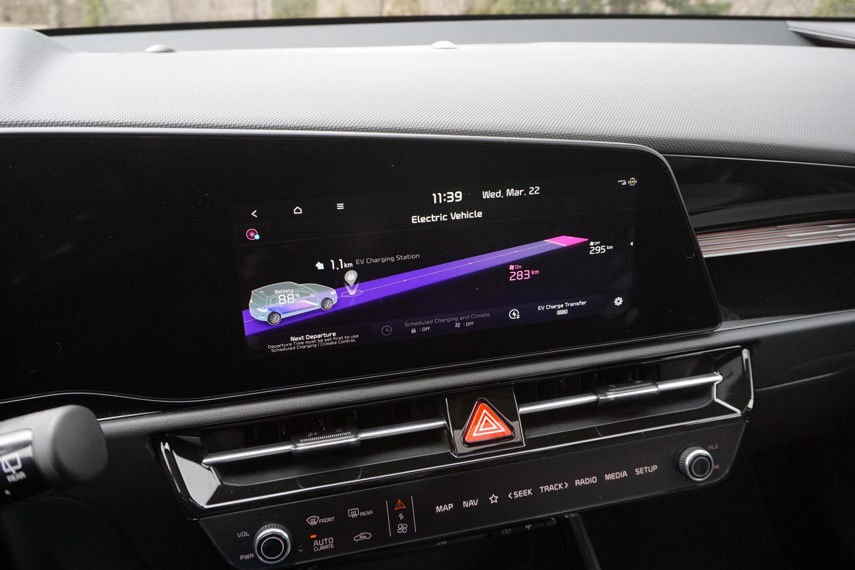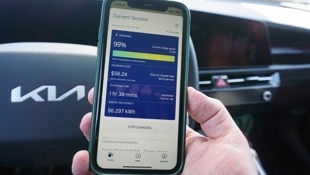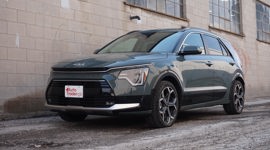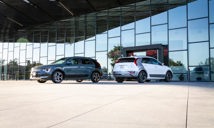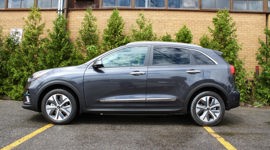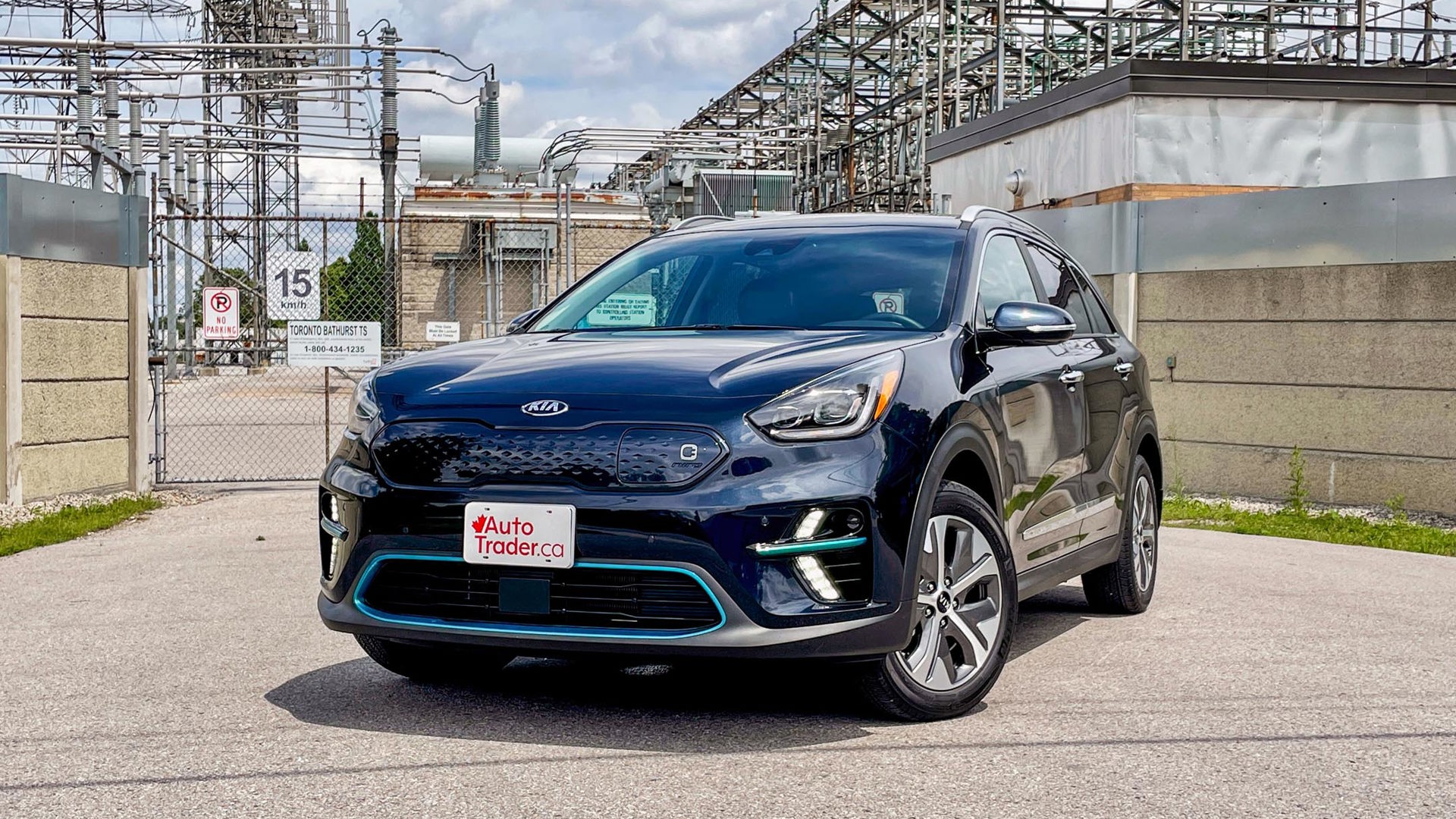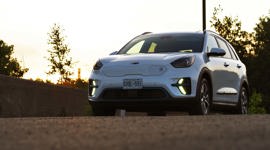 AutoTrader SCORE
AutoTrader SCORE
-
STYLING9/10
-
Safety9/10
-
PRACTICALITY7/10
-
USER-FRIENDLINESS8/10
-
FEATURES9/10
-
POWER10/10
-
COMFORT8/10
-
DRIVING FEEL9/10
-
FUEL ECONOMY6/10
-
VALUE7/10
After flying under the radar for the entirety of its first five years on the market, the redesigned 2023 Kia Niro EV takes a more standout approach to electrification.
This new version also brings with it expectations from those already familiar with what this compact electric vehicle (EV) is capable of – namely ease of operation, outsized interior space, and the ability to overachieve on a single charge. And while it has everything it needs to do all that and more, including more range on paper than its predecessor, real-world struggles stand in the way of the new Niro’s overall success.
Styling: 9/10
In typical Kia fashion, there’s almost nothing tying this 2023 Niro to the one that came before it. Beyond the relatively similar silhouette and size, the head-turning style is a complete departure from the entirely anonymous first-generation version. There’s a quirkiness that isn’t unlike some of the more obscure offerings in Europe, and yet it manages to look mature at the same time.
And while the optional grey rear quarter panels seen here are exclusively available on the top trim – and can only be paired with white paint – they add to the uniqueness for what’s a rather reasonable $250 on top of the asking price. Regardless of the way those panels are finished, they feature slick little air ducts that help to reduce this Kia’s drag coefficient to 0.29.
The cabin looks as though it could be pulled from any compact car on the market, electric or otherwise, although the subtle pattern on this tester’s synthetic leather upholstery somehow manages to tell the story of how this Niro is powered. The issue here is all the high-gloss black plastic stuffed inside, with dust, smudges, and scratches all but impossible to avoid. The heavy toll of everyday life certainly doesn’t convey the upscale look and feel designers were no doubt aiming for.
Practicality: 7/10
It wouldn’t quite be fair to call this new interior a step backward, but it’s certainly not as inherently as functional as the old one. For example, whereas the previous centre console had an almost floating effect, with a large storage area beneath it as a result, the new one extends right to the base of the dashboard. It’s also fully enclosed, which means it doesn’t have an increasingly common pass-through storage area underneath in spite of the absence of physical gear selection and parking brake mechanisms (both are electronically actuated).
In a similar change this time around, the rear seats don’t fold flat, creating a tall and awkward transition. A simple solution – and one Kia employs in the gas-powered Seltos – would have been a height-adjustable cargo floor that can be raised to meet the seatbacks when the second row is stowed, but lowered to maximize the space behind when it’s upright.
There’s slightly more cargo room in that configuration this time around, with 646 L to work with (compared to 629 L), while stashing those 60/40 split-folding seats realizes an identical 1,804 L. The rest of the cabin is marginally bigger, with slight increases in occupant space as a result. While the flashier Kia EV6 is a little more spacious by comparison, even a family of four should fit comfortably inside the Niro EV.
User Friendliness: 8/10
Approachability is just about on par with last time, and few cars make electric motoring as straightforward as this Kia. Climbing inside the cabin is effortless, and once there it offers very few clues about the way in which it’s powered; even the tiny little badge on the dash has been done away with. The standard 10.25-inch touchscreen on the dash features a simple smartphone-like interface, with good response to pokes, prods, and swipes. But while the last Niro featured a full complement of controls for climate and infotainment, this second-gen model sees them replaced with a touch panel that requires a tap to toggle between the two functions. It’s a frustrating change that takes away the eyes-free simplicity of before.
Fuel Economy: 6/10
Battery capacity is up slightly to 64.8 kWh, with an official range estimate of 407 km as a result. (The last Niro EV used a 64-kWh battery and offered up to 385 km on a single charge.) Likewise, charging rates are up slightly, and it now maxes out at 85 kW on a DC fast-charger, with the jump from 10 to 80 per cent happening as quickly as about 45 minutes. But then there’s the EV6 that can hook up to a 350-kW station and see the same charge level achieved in as little as a claimed 18 minutes.
The trouble with the 2023 Niro EV isn’t so much the marginal range it gains but the fact it struggles to realize anything close to its official estimates. And while cold weather impacts how far any EV can travel between charging, the 25 per cent range reduction experienced during this test was disappointing considering the relatively mild temperatures encountered, not to mention the way the previous version overachieved in similar conditions.
Picking it up with a full charge to start the week, the indicated average stood at just 303 km – a number that proved accurate after a 249-km evaluation drive ended with 54 km remaining. And while that number jumped to 328 km after its first charge and stayed there, it’s still well short of expectations. On the bright side, the 19.3 kWh/100 km consumed over the course of this 585-km test is only barely off the mark of its official combined rating of 18.6 combined. The onboard charger has also been beefed up to 11 kW from the previous 7.7.
Power: 10/10
In an interesting change, the 150-kW electric motor nestled between the front fenders makes significantly less torque this time, but the 188 lb-ft it generates makes the Niro EV better to drive than before. Case in point: it’s capable of the same zero-to-100 km/h acceleration time of 7.8 seconds as its predecessor that generates a whopping 291 lb-ft of torque. It’s an enhanced level of livability that shouldn’t be discounted, with less propensity for wheel spin under sudden acceleration with this front-wheel drive-only EV.
Driving Feel: 9/10
It’s not as if the Niro EV has ever been some sort of speed demon, but the instantaneous nature of electric torque is different from the kind derived from internal-combustion engines. Even then, there’s a docile nature here that’s only been enhanced by the reduced torque, and there isn’t an EV on the market that drives more like a gas-powered car. That’s entirely intended as a compliment, too, with a simple, smooth, and responsive demeanour from behind the wheel.
Comfort: 8/10
With the big and bulky battery pack spanning the floor, it’s hard to hide the extra weight this Niro is carrying around. But while bumps and rough surfaces make it more noticeable, the suspension damping does well to keep the worst of it from occupants. There are pricier EVs that don’t ride as smoothly as this one, while its cabin is quiet and well insulated from outside interference. Even the front seats are reasonably supportive, with this top trim offering all kinds of electric adjustability.
Features: 9/10
Of all the changes this time around, there’s none more positive than the addition of proper one-pedal driving. The regenerative braking can still be adjusted using the paddles on the steering wheel, but rather than pulling on the left one to bring the Niro EV to a stop the system can do the job on its own when the so-called i-pedal mode is active. Another asked-for feature that’s been addressed is the addition of underhood storage, although the small compartment is something of a novelty compared to the large frunk offered by the Ford Mustang Mach-E.
When it comes to matters of comfort and convenience, the list of standard and available items is about the same as before. There’s that 10.25-inch touchscreen with built-in navigation that can find charging stations along or nearby a designated route, Apple CarPlay and Android Auto connectivity (although both are wired), subscription-based satellite radio, automatic climate control, and heated front seats. There’s also a much-improved companion smartphone app that can be used to start and stop charging, precondition the cabin, and schedule service appointments.
Moving to the second trim in the lineup adds items like a heated steering wheel, wireless phone charger, power adjustment for the passenger seat (the same driver’s seat is standard), a height-programmable power tailgate, and roof rails. Then there’s the top trim tested here that adds all kinds of goodies including ventilated front seats, heated rear ones, a power sunroof, and so-called vehicle-to-load functionality that can use the battery pack to charge items like laptops or electric scooters.
Safety: 9/10
Seven airbags are standard throughout the cabin, as are most of Kia’s advanced safety and driver-assist systems. Blind-spot monitoring with rear cross-traffic alert, forward collision warning with pedestrian detection and automatic emergency braking, a junction turn assist system that can warn of oncoming traffic when making a left, and adaptive cruise control with semi-autonomous steering assistance is all included even in the cheapest Niro EV, while the mid-grade trim adds rear parking sensors.
Opting for a fully-loaded Limited like this tester adds front parking sensors, rain-sensing wipers, low-speed reverse automatic braking, and a more advanced version of the brand’s highway driving assist system that includes automated lane-change functionality. It’s supposed to work like the same system from BMW, responding to signal application by automatically changing lanes (assuming the adjacent one is clear); and just like BMW’s system, it requires the driver’s hands on the wheel to work. However, as with past experience, Kia’s application is imperfect, responding to even slight hand movements by cancelling the requested lane change, while lightly feathering the wheel results in audible and visual warnings.
Value: 7/10
It’s not often an automaker maintains consistent pricing from one year to the next – especially not when that next year ushers in a redesigned version – yet the starting sticker price of $44,995 is identical to last year’s, while the prices of the next two trims in the lineup have dropped, with the mid-grade version priced at $47,995 and the range-topping version ringing in at $52,995. Those prices are $2,700 and $1,700 less than last year’s equivalent models, respectively, although the non-negotiable freight charge is up almost $1,000 to $2,749, which cuts into the potential savings.
All three trims qualify for the full $5,000 federal rebate off the purchase price or a four-year lease, while it can be combined with applicable provincial and territorial incentives. Within Kia’s own lineup, the fellow front-wheel-drive Soul EV is priced at either $43,095 or $52,095 before freight, tax, and incentives, while the EV6 that’s available with either rear- or all-wheel drive ranges from $46,995 to $64,995 before the same caveats, while the performance-focused GT version is a whopping $75,495 and doesn’t qualify for government subsidies.
The Chevrolet Bolt and Bolt EUV are similar in size and execution to the Niro EV, with pricing starting at $38,943 for the former and $40,548 for the latter, while Hyundai offers both the Kona Electric and Ioniq 5. The Kona Electric is available in two trims priced at $44,599 and $49,699, while the Ioniq 5 ranges from $48,999 to $60,999 before freight, taxes, and rebates.
The Verdict
It’s no secret that EVs perform worse in the winter, but then conditions during this late-March test were fairly mild. That makes the 20 to 25 per cent range lost here more than a little disappointing, as did the sky-high expectations set by the previous Niro EV, which didn’t have nearly the same kind of trouble.
Looking past that – or at least praying range gets much better with warmer weather – the redesigned 2023 Kia Niro EV builds on the same good stuff as before, with better looks, a bit more space, and more useful features. While the reconfigured cabin isn’t quite as useful as before, this little hatchback remains one of the most approachable EVs on the market today.
| Engine Displacement | 150 kW |
|---|---|
| Engine Cylinders | Single electric motor |
| Peak Horsepower | 201 hp |
| Peak Torque | 188 lb-ft |
| Fuel Economy | 1.9 / 2.3 / 2.1 Le/100 km city, hwy, cmb, 16.8 / 20.5 / 18.6 kWh/100 km; 407 km est. range |
| Cargo Space | 646 / 1,804 L seats up/down |
| Model Tested | 2023 Kia Niro EV Limited |
| Base Price | $52,995 |
| A/C Tax | $100 |
| Destination Fee | $2,749 |
| Price as Tested | $56,094 |
|
Optional Equipment
$250 – Snow White Pearl paint w/grey pillar, $250
|
|

